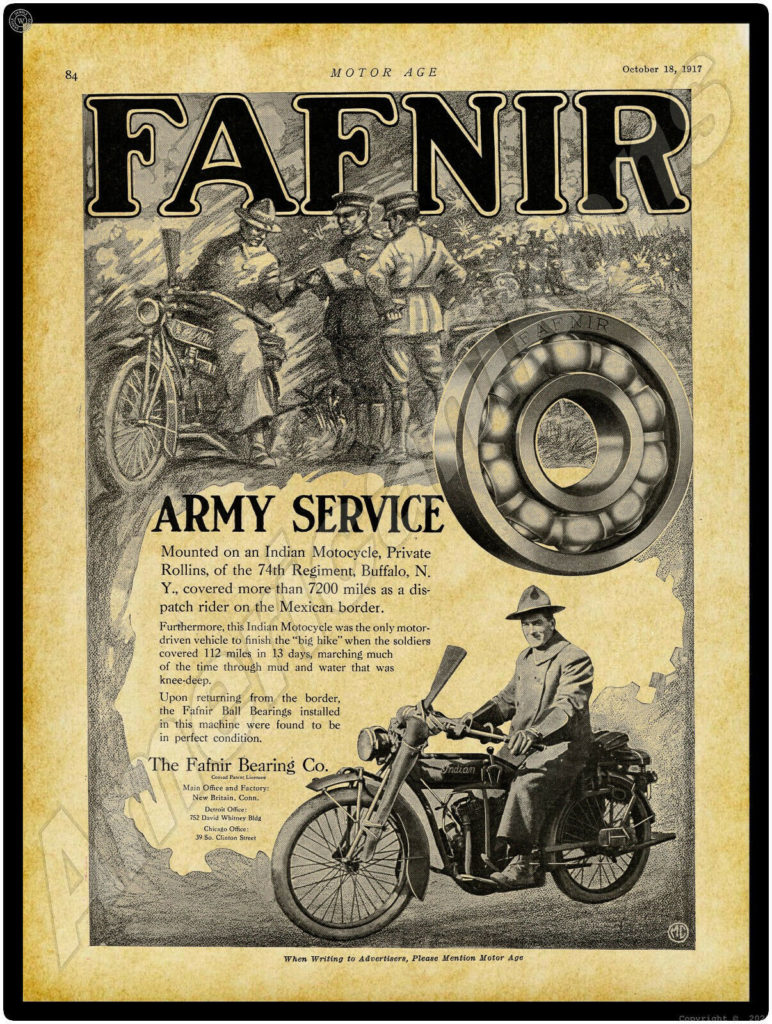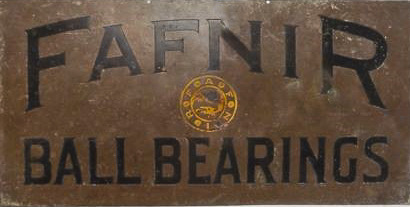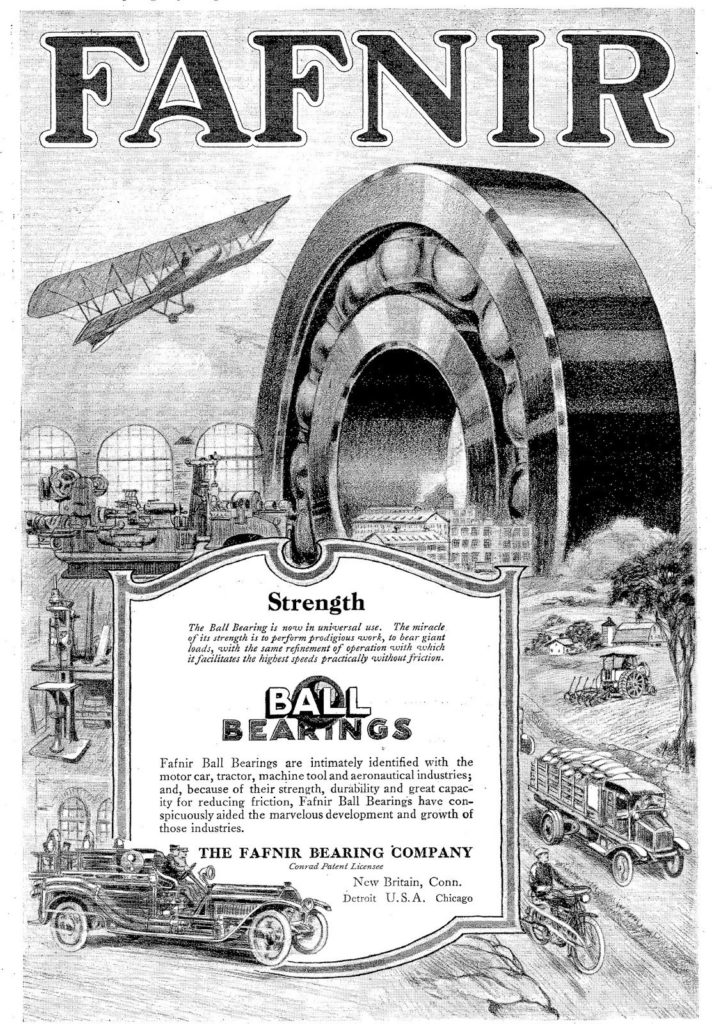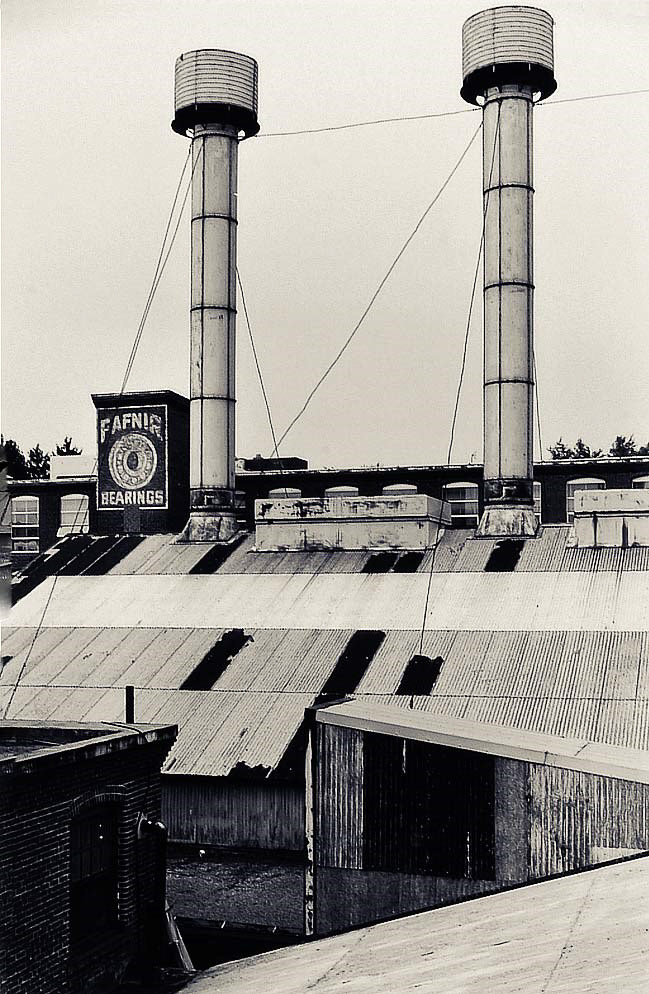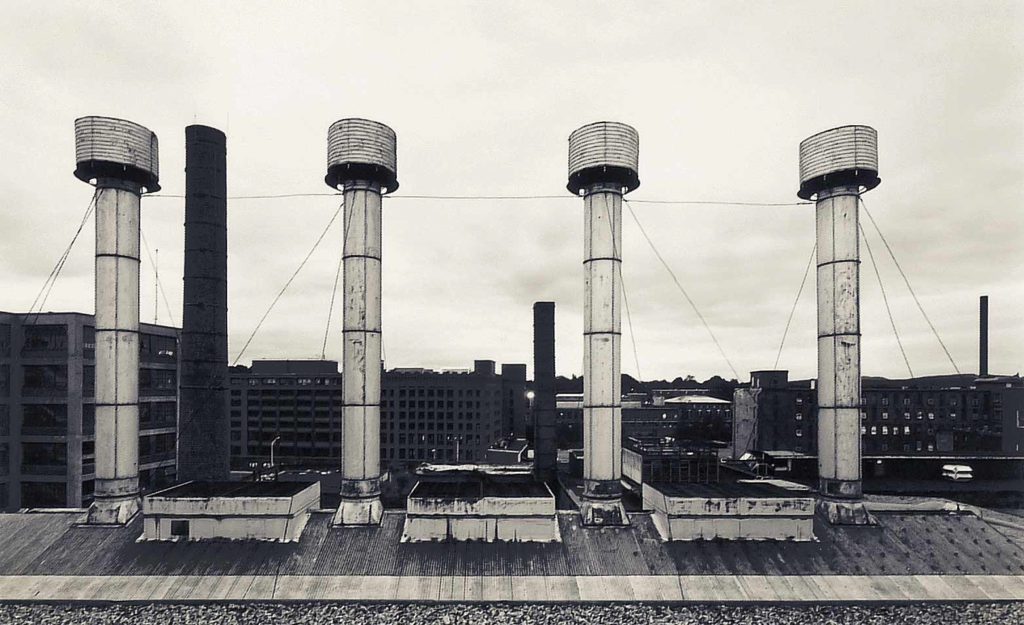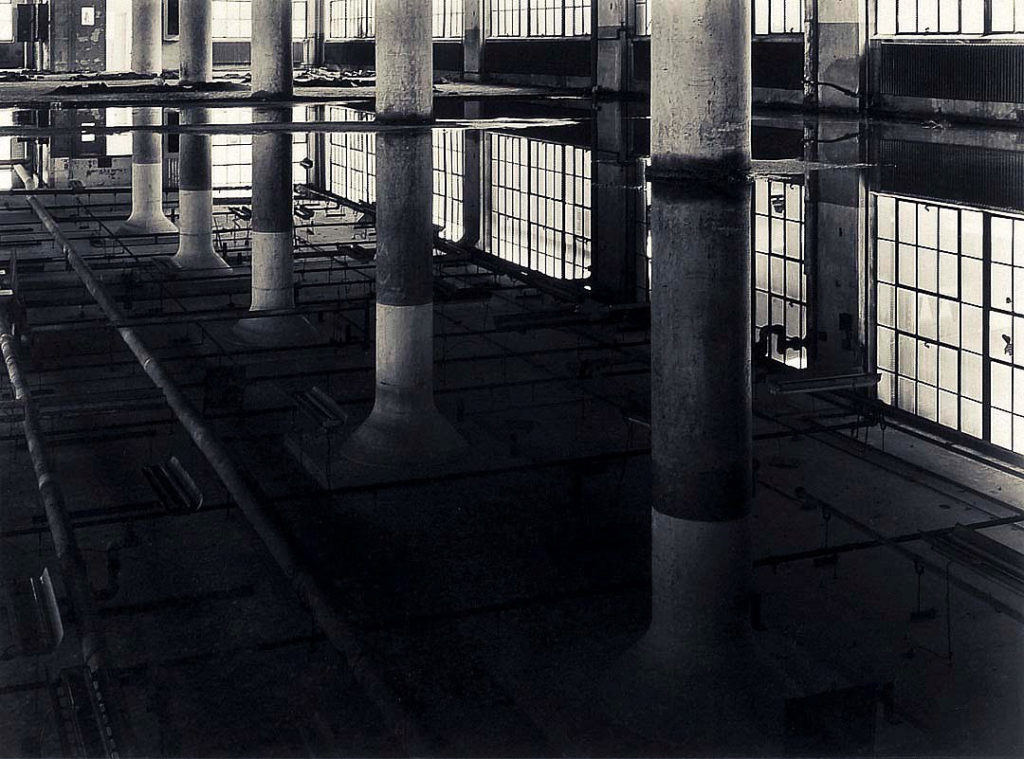The better things in life always seem to have a story. A well-appointed house has walls that bear the stories of a lifetime. Gifts from friends and stories of vacations begin to replace what were once simply colorful decorations, and as the stories of a lifetime evolve, they are recorded on the walls. The Plumier Foundation, although new, has walls that are already beginning to tell such stories. Even our fire extinguishers have a story, but we’re not going to tell that one today. One of our prized wall decorations is a Fafnir Bearing Company lighted advertisement sign. This was a gift from our friend, Frank Dorion; and although it is made of plastic, it fits right into the room with our vintage machines.
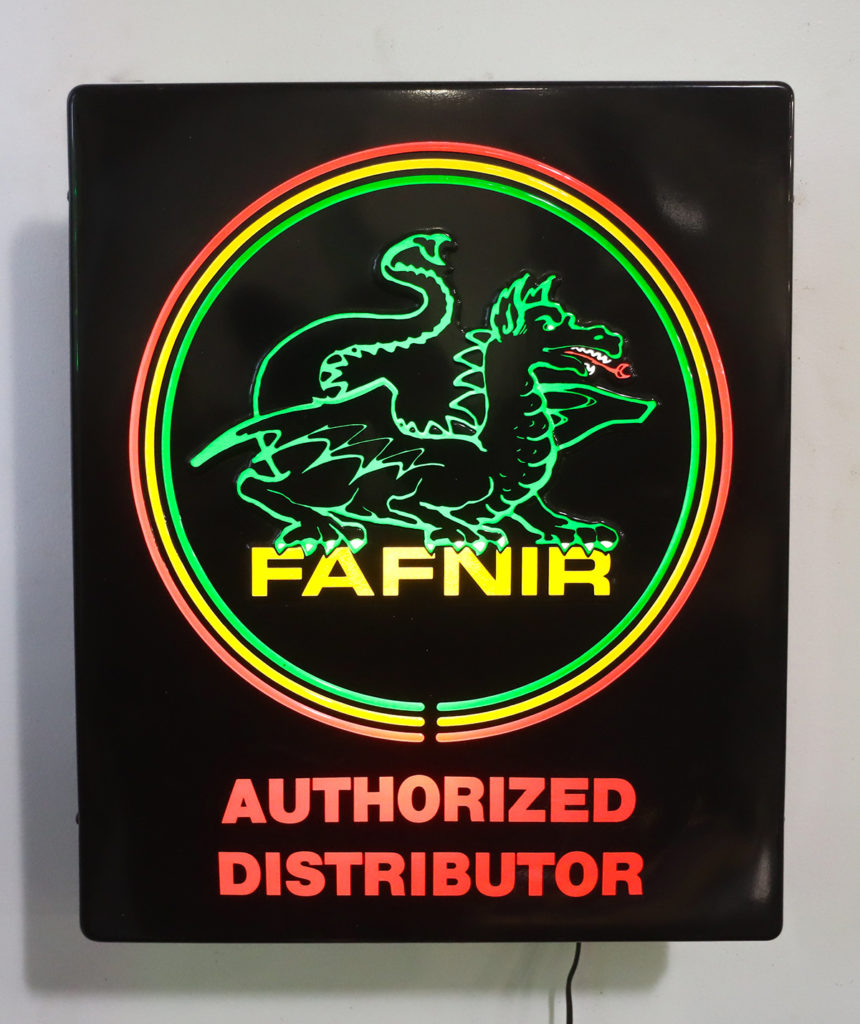
On seeing a sign like this, the immediate thoughts that come to one’s mind say a lot about who we are; and, as with any community, the initial reactions of those present when Frank delivered the sign showed a diversity of thinking. David’s excitement about the sign was generated by his enthusiasm for the history of ball bearings and the role they played in industrial history. On the other hand, Christian’s mind went directly to Wagner. To be sure, the sign portrayed the picture of a dragon, so what else would come to the cultured mind but Wagner’s opera on the subject of the Nordic mythological creature from the 13th century Icelandic Volsunga Saga where king Hreidmar’s son Fafnir is converted into a dragon after the curse of Andvari’s ring and gold. Fafnir was then slain by Sigurd. Even if you’re not familiar with the legend, or even Wagner’s opera, this stuff about a ring and a curse might just sound a bit familiar. Indeed, it was the inspiration for Tolkien’s ring in “The Hobbit.”
But it’s a lighted, plastic advertisement sign, so as interesting as the back story of their logo is, the sign is advertising ball bearings.
Today we take ball bearings for granted, but they came into use fairly recently, despite Leonardo DaVinci being credited for their invention. In fact, none of our 19th century ornamental turning equipment had a single ball race in it as it was originally delivered. According to the New Britain Industrial Museum’s web site, the Fafnir Bearing Company was incorporated in 1911 as an outgrowth of an experimental shop in the Hart and Cooley Company where 7 men could produce only 150 ball bearings in a day. According to Frank Dorion, the name “Fafnir” was chosen because German industrial products were, in those days, considered to be the standard of excellence, so they wanted a Teutonic sounding name. Again, the New Britain Industrial Museum website describes how the company would grow to over 6000 employees producing 42 million ball bearings per year. They made their way by innovating and by 1925 had invented the wide inner-ring bearing, the pillow block, the self-aligning pillow block, and the self-locking collar. They were amongst the earliest and most technically creative of the American ball bearing companies, and their bearings would play a major role in WW1 and WW2 aircraft as well as every other piece of equipment that required ball races. Their innovations continued into the space program; however, Fafnir became a division of Timken in 1998 and no longer manufactures bearings in Connecticut.
So there you have it. A small sign on the wall at The Plumier Foundation has taught you a little bit about industrial history, an Icelandic Myth, Wagner’s opera, and part of the back story of “Lord of the Rings.”
